Oranges in season now!
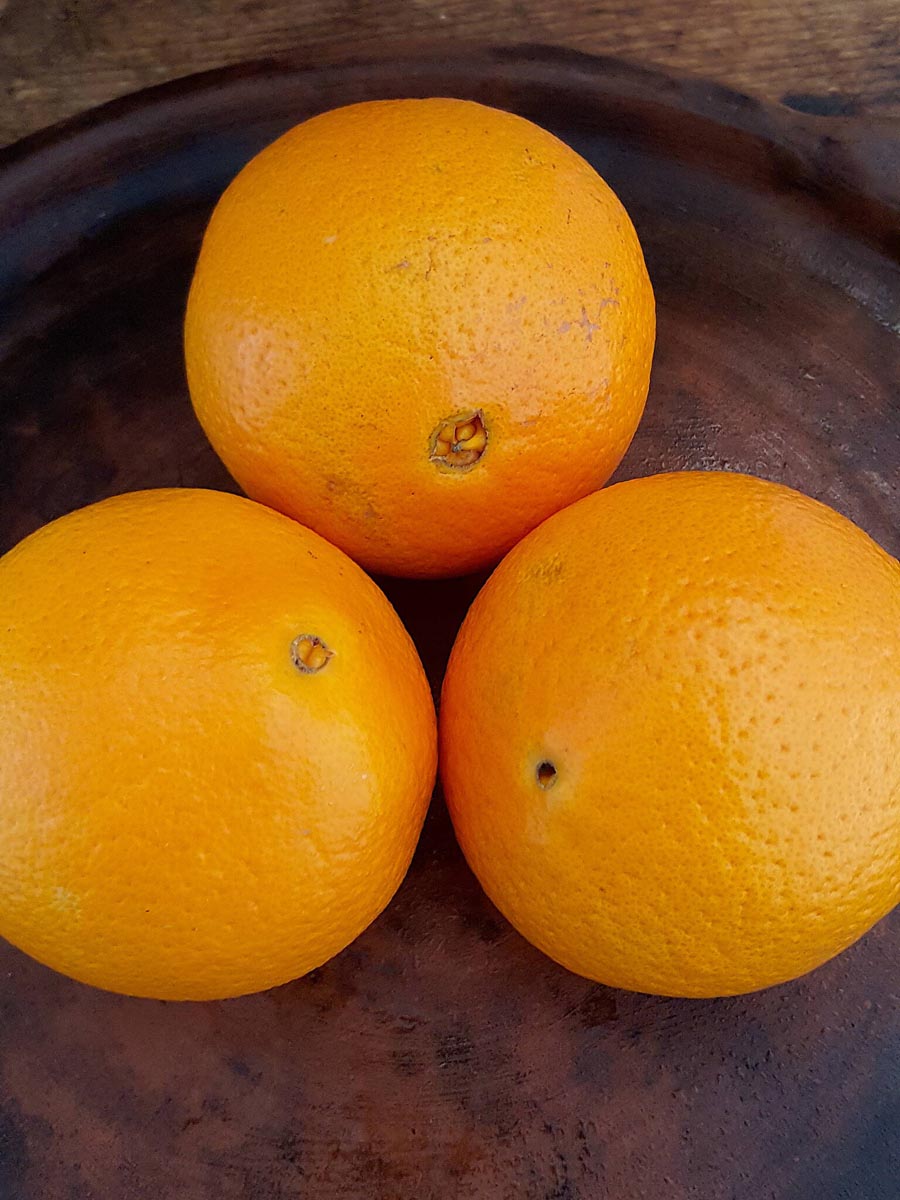
Oranges, fresh or squeezed? Learn which does what best!

Oranges, fresh or squeezed? Learn which does what best!
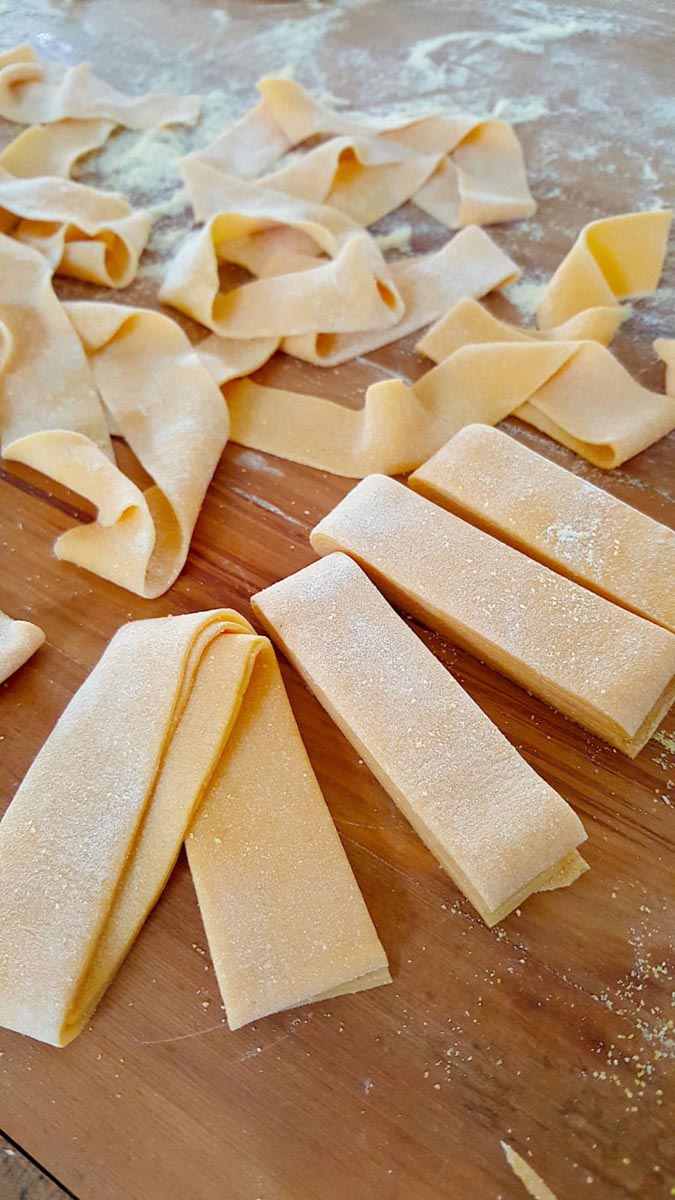
Don’t despair if your first attempts produce holey shredded dough (mine did!) because with a little practice you’ll soon be turning out silky smooth sheets of pasta like a pro.
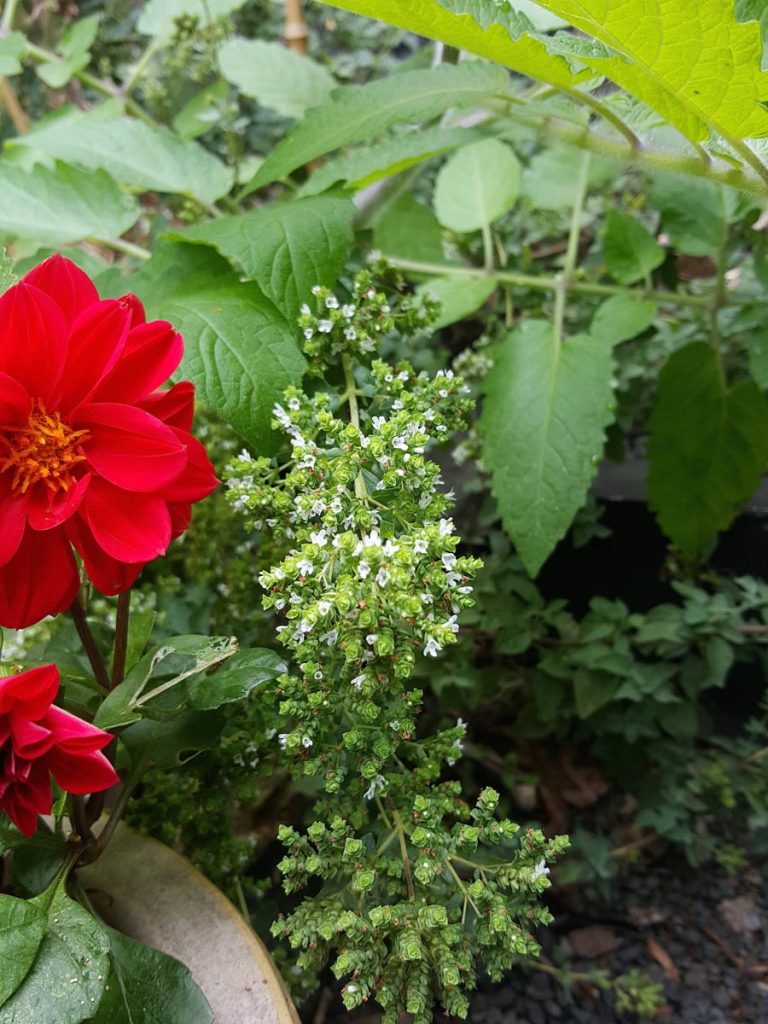
Though it seems just like yesterday, it was in fact 40 years ago that I spent a week walking the hills of Crete.
A striking memory is the aromatic scents that rose all around us as we crushed wild thyme and oregano underfoot. The oregano was ‘rigani’, origanum vulgare (hirtum). Bit of a gob-full, I suppose, but the last name (hirtum) is pretty important.
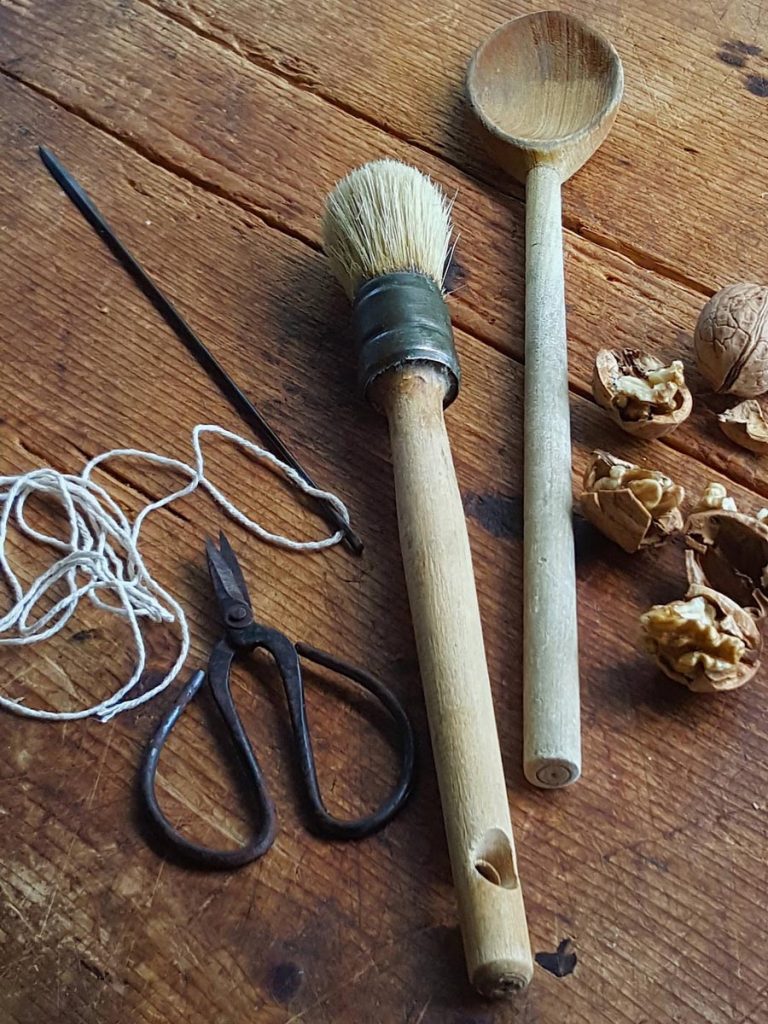
Turkey timers? Nah. Wiggle the legs, poke in the skewer… Juices clear? Good to go.
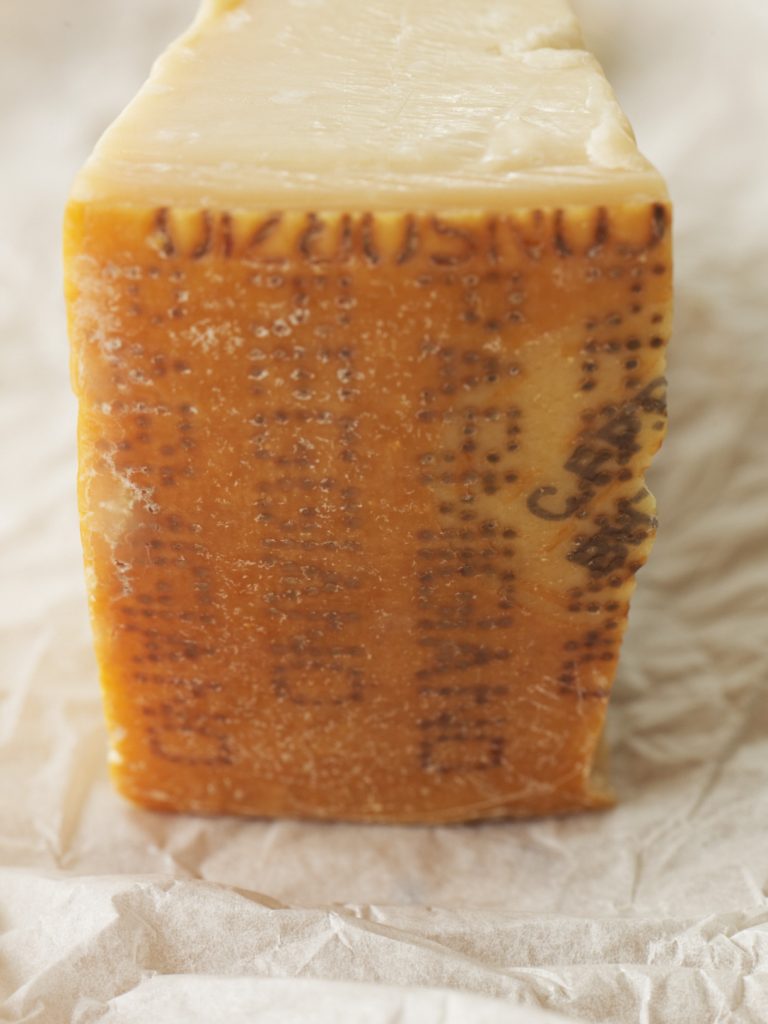
Those Italians! How can you not love a cheese whose recipe remains unchanged since at least the thirteenth century?
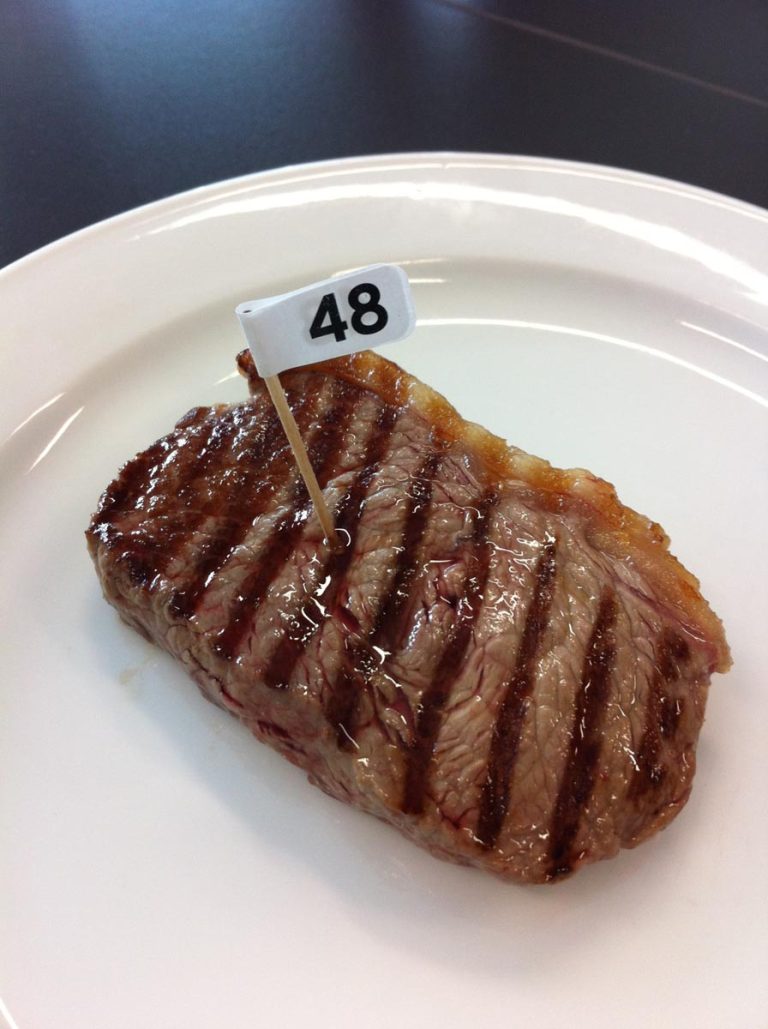
To check cooked meat for doneness, including beef steaks, press with tongs, or your fingers. Read more.
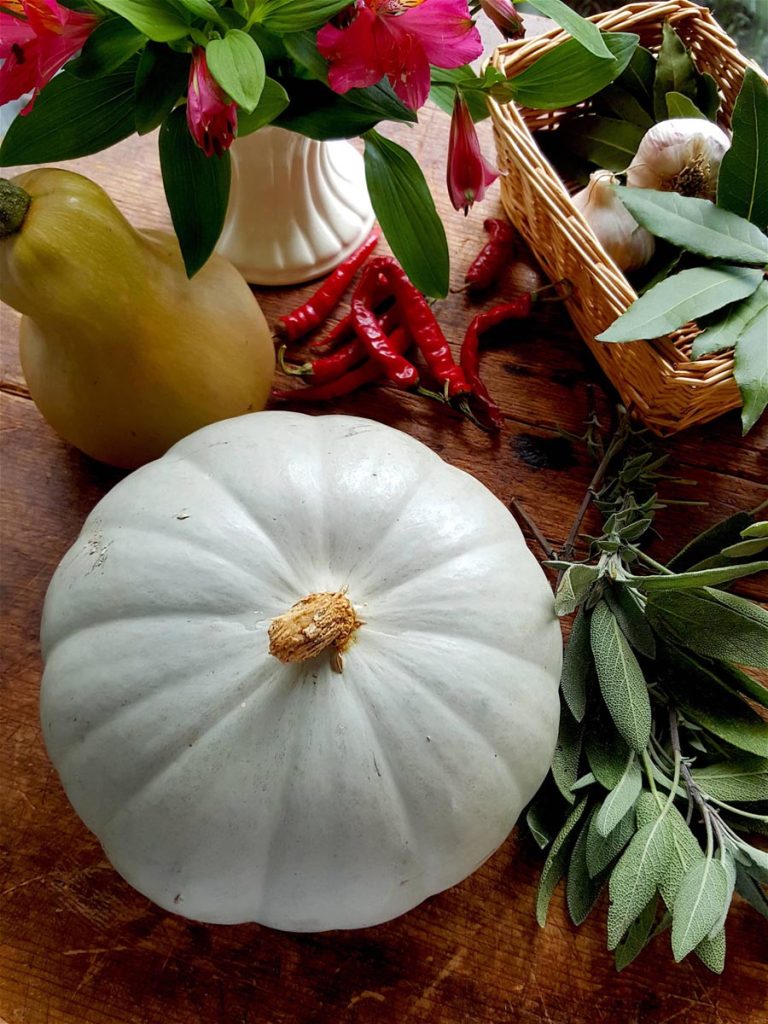
Chop chop … get a decent knife and use a steady chopping board.
No products in the basket.
Welcome to the new Shared Kitchen experience! If you encounter any issues, please let us know. Dismiss